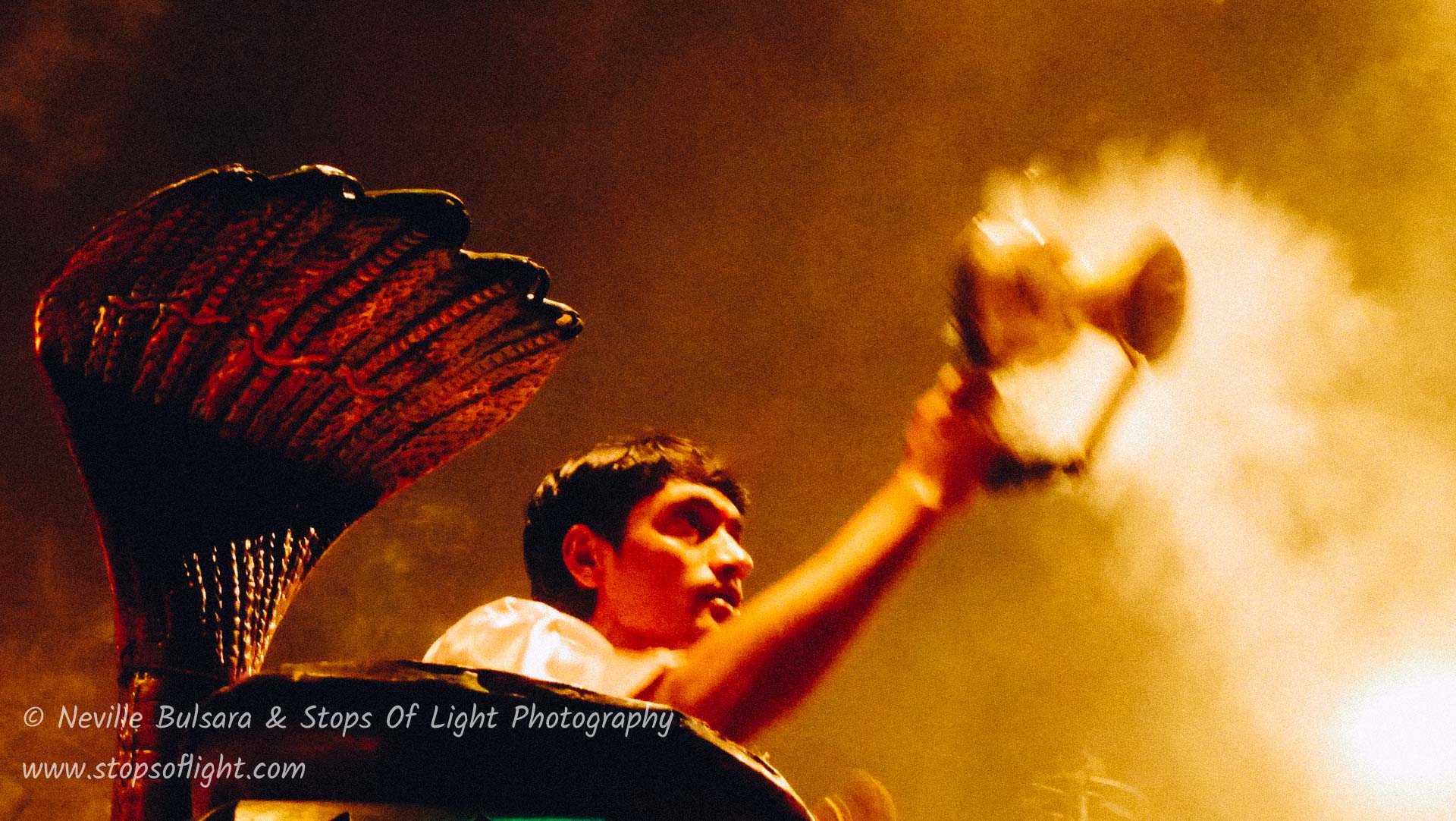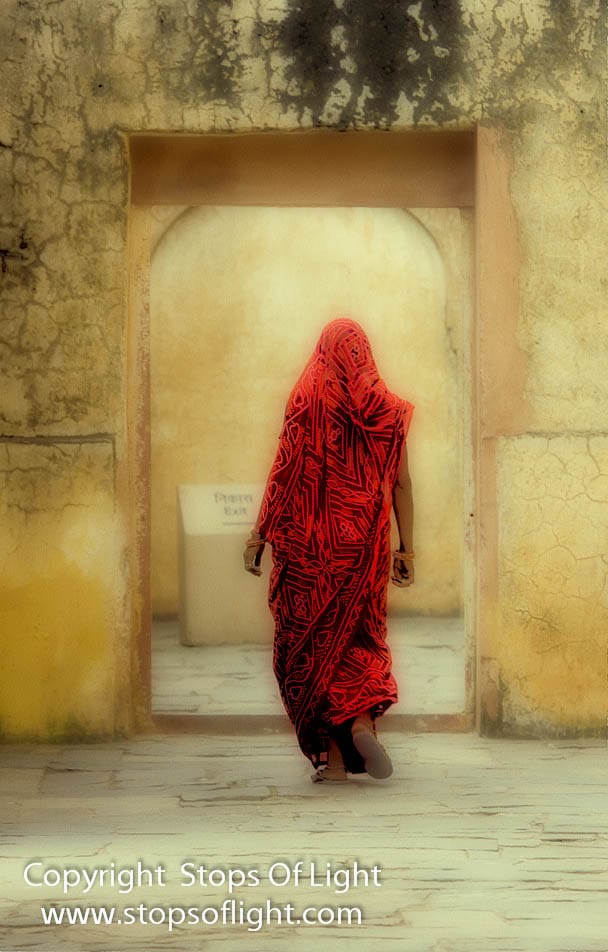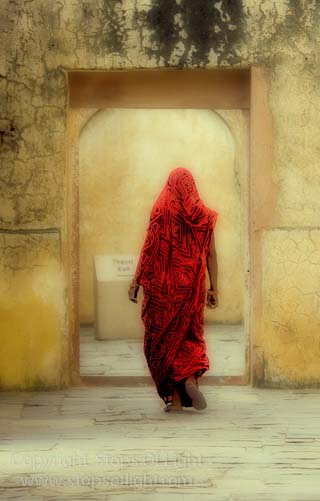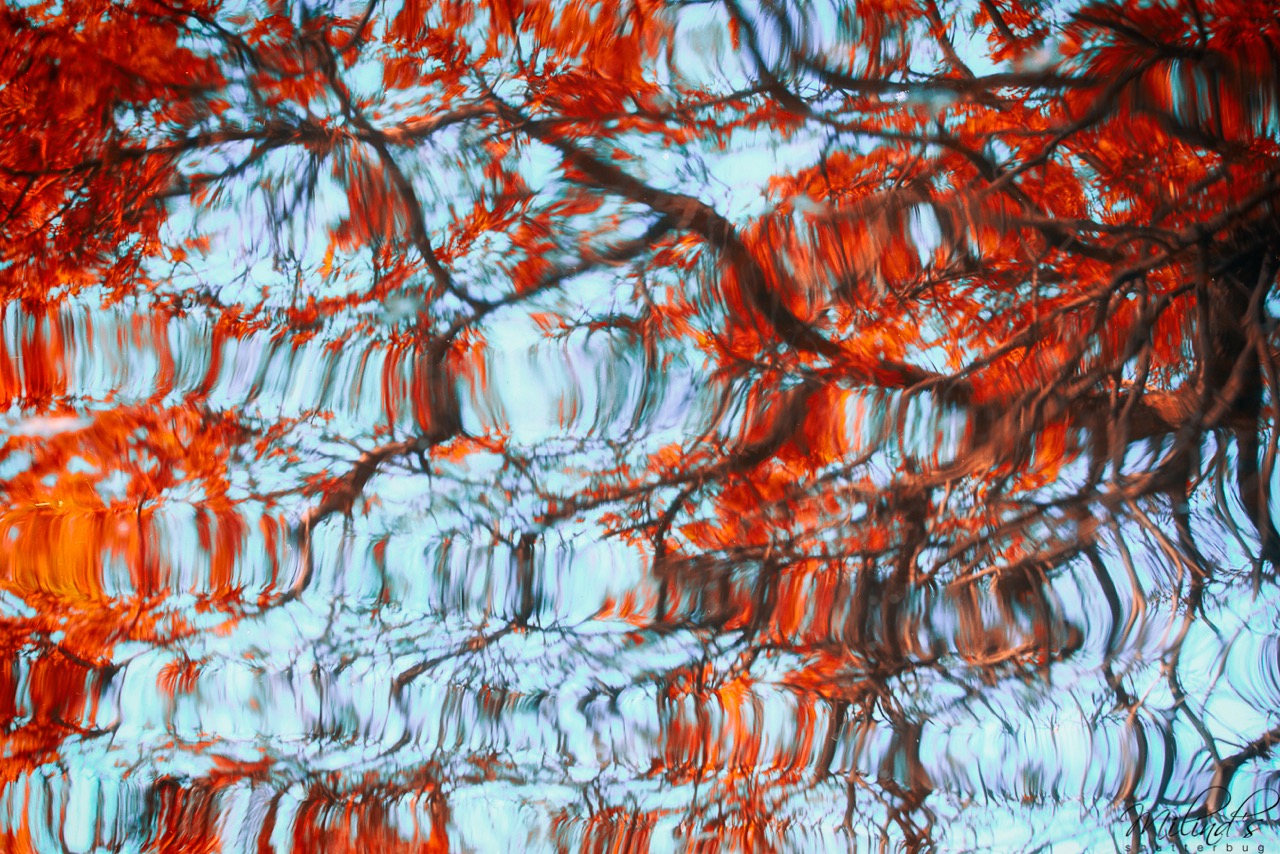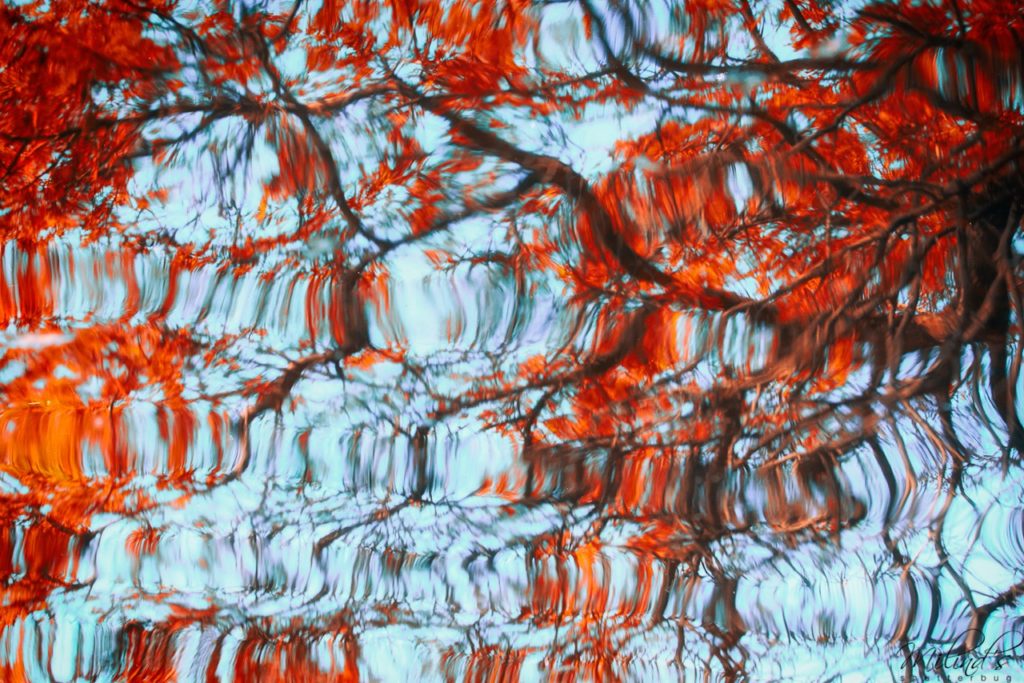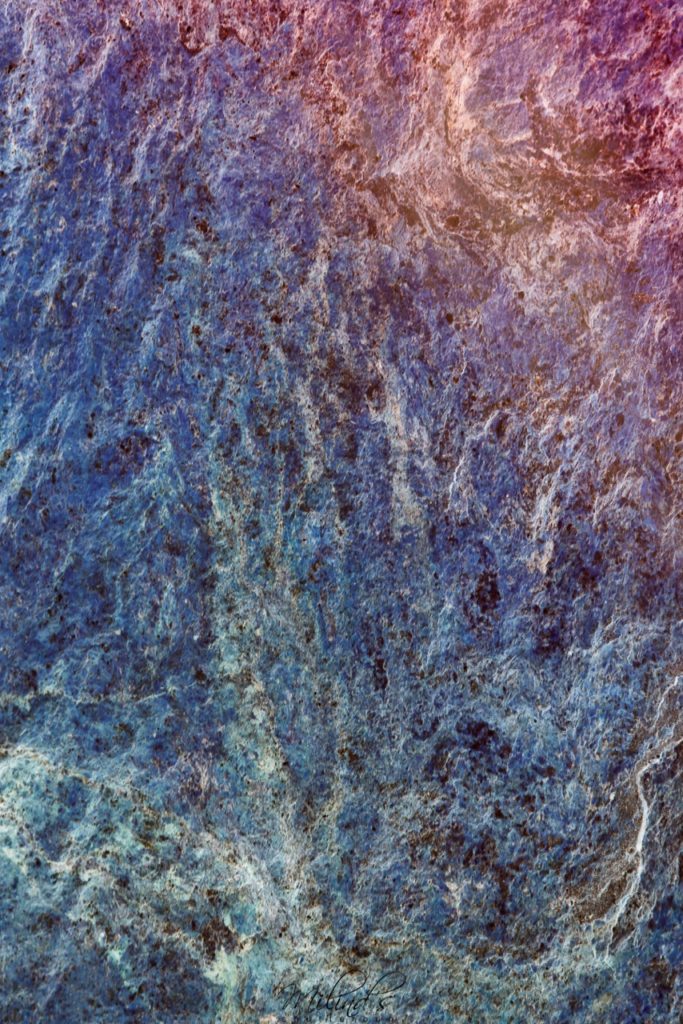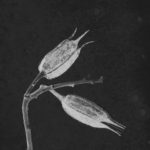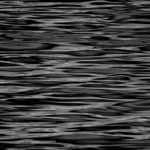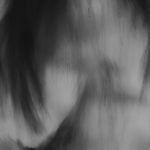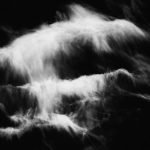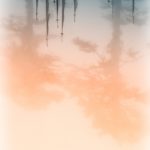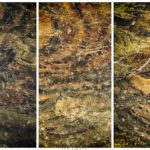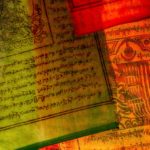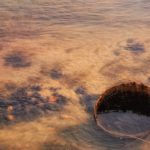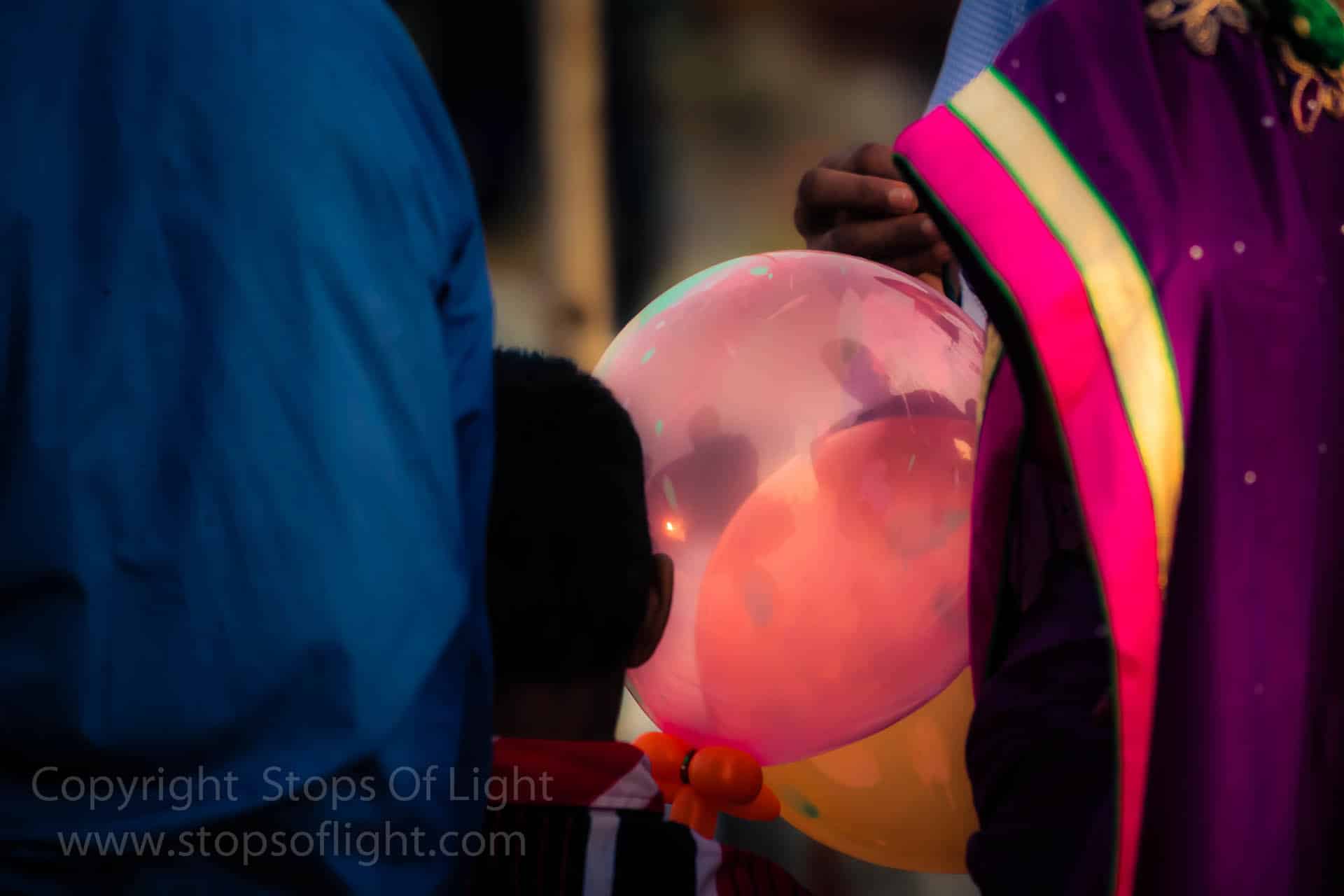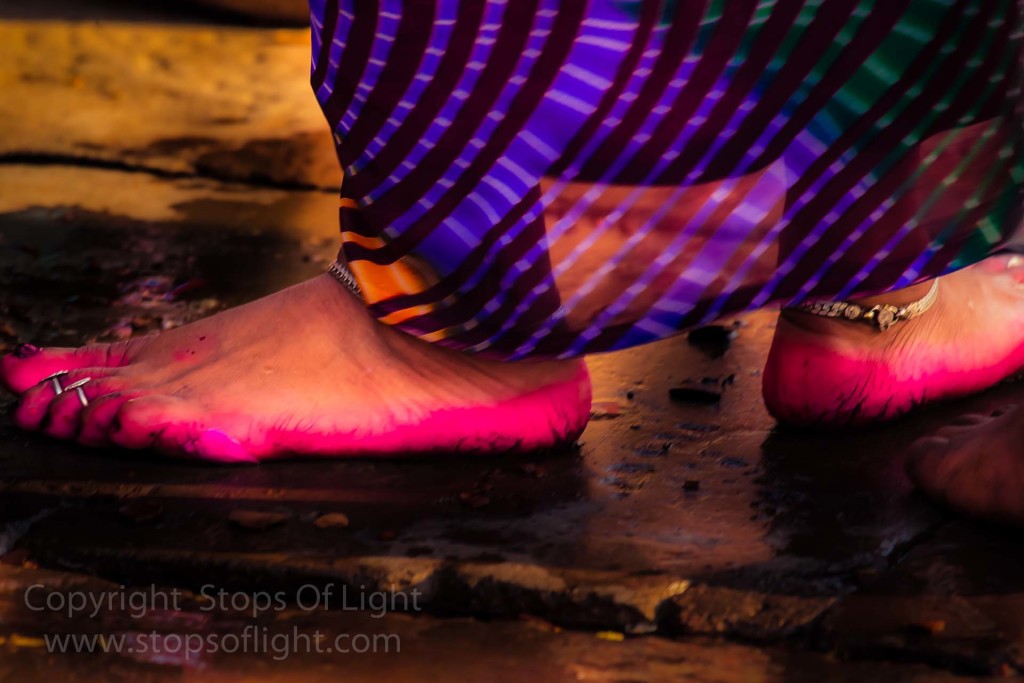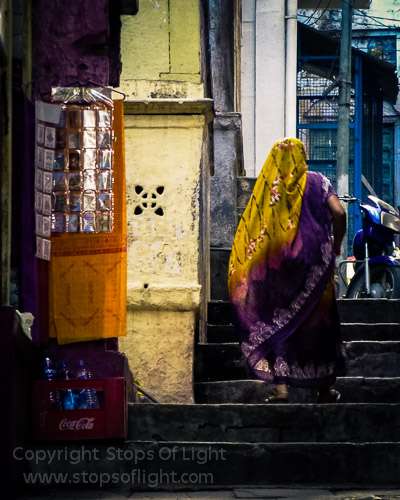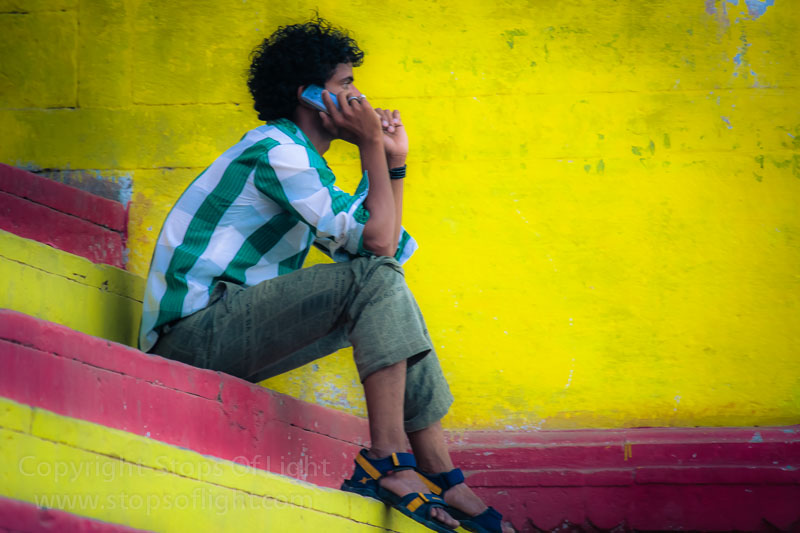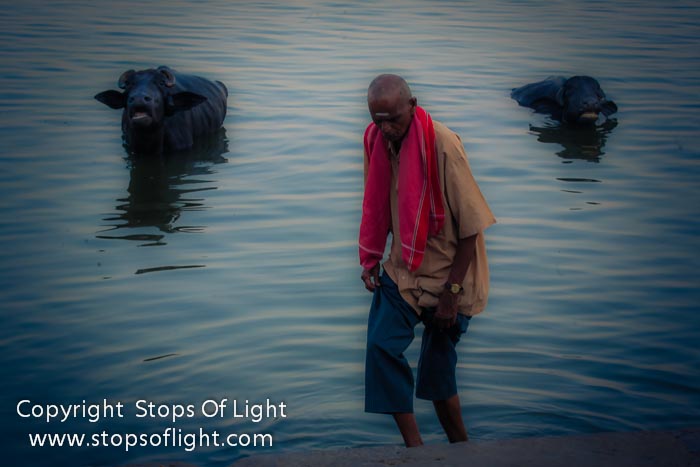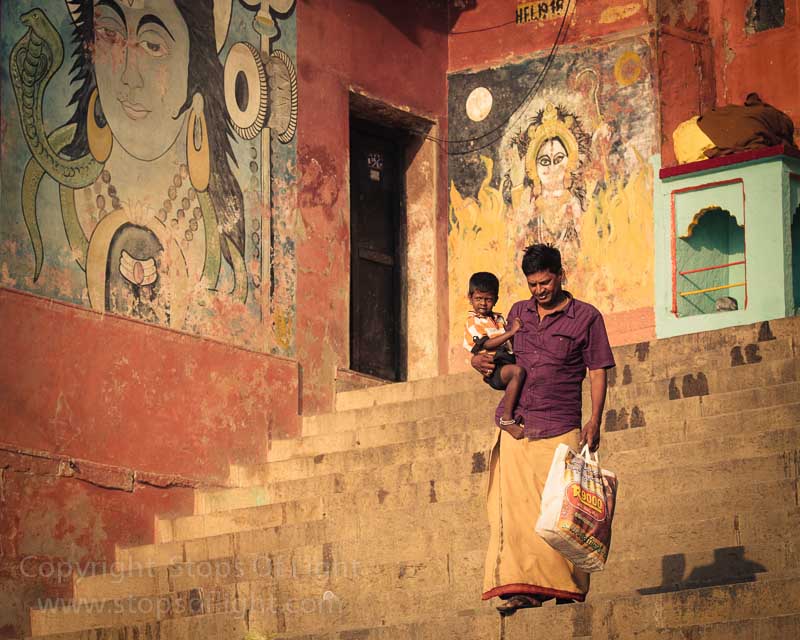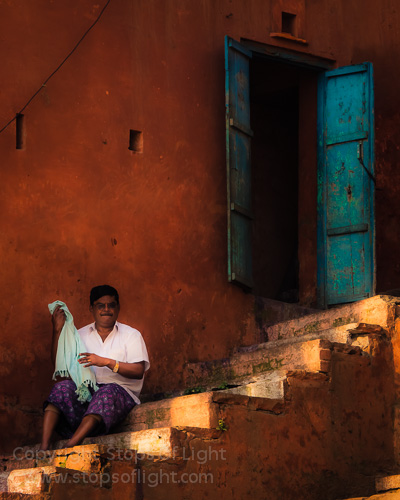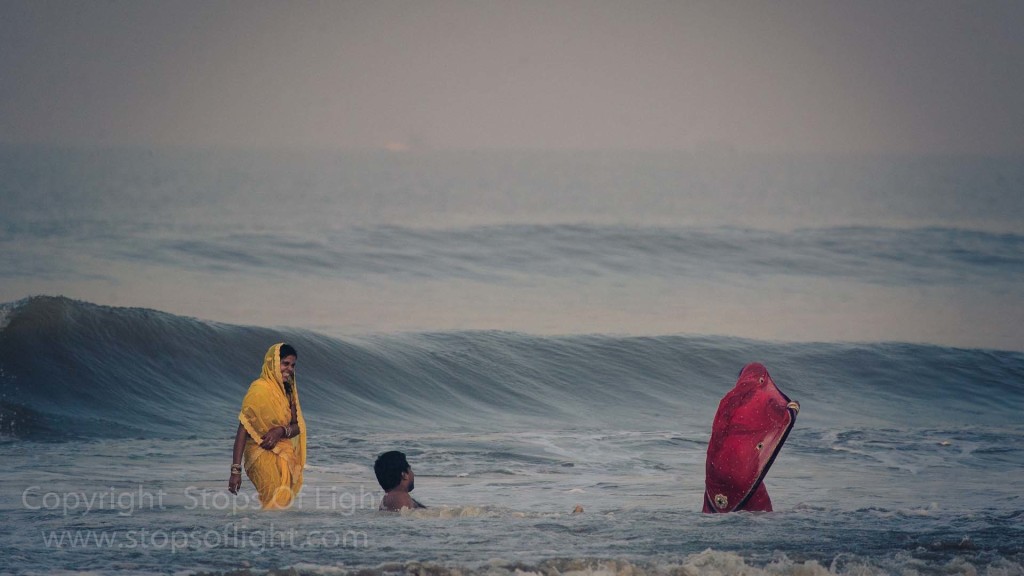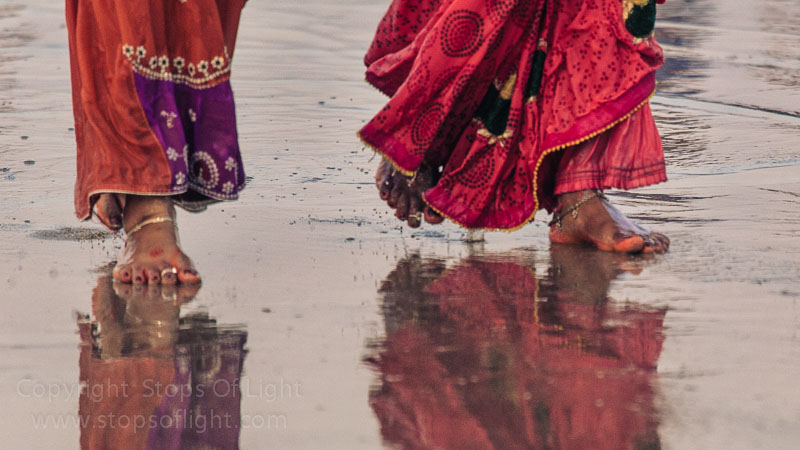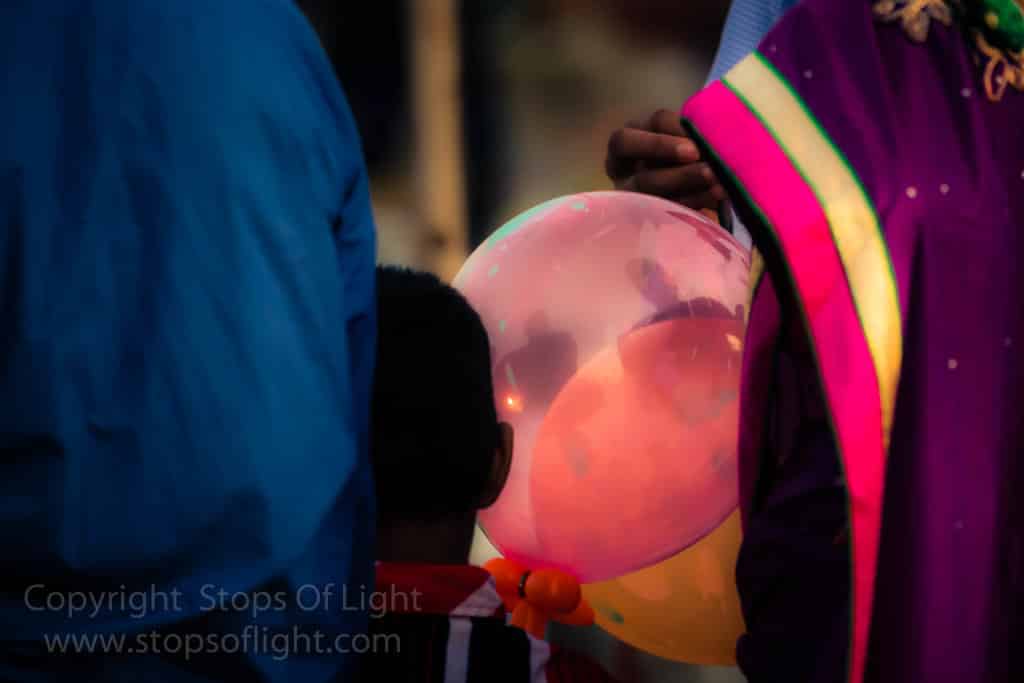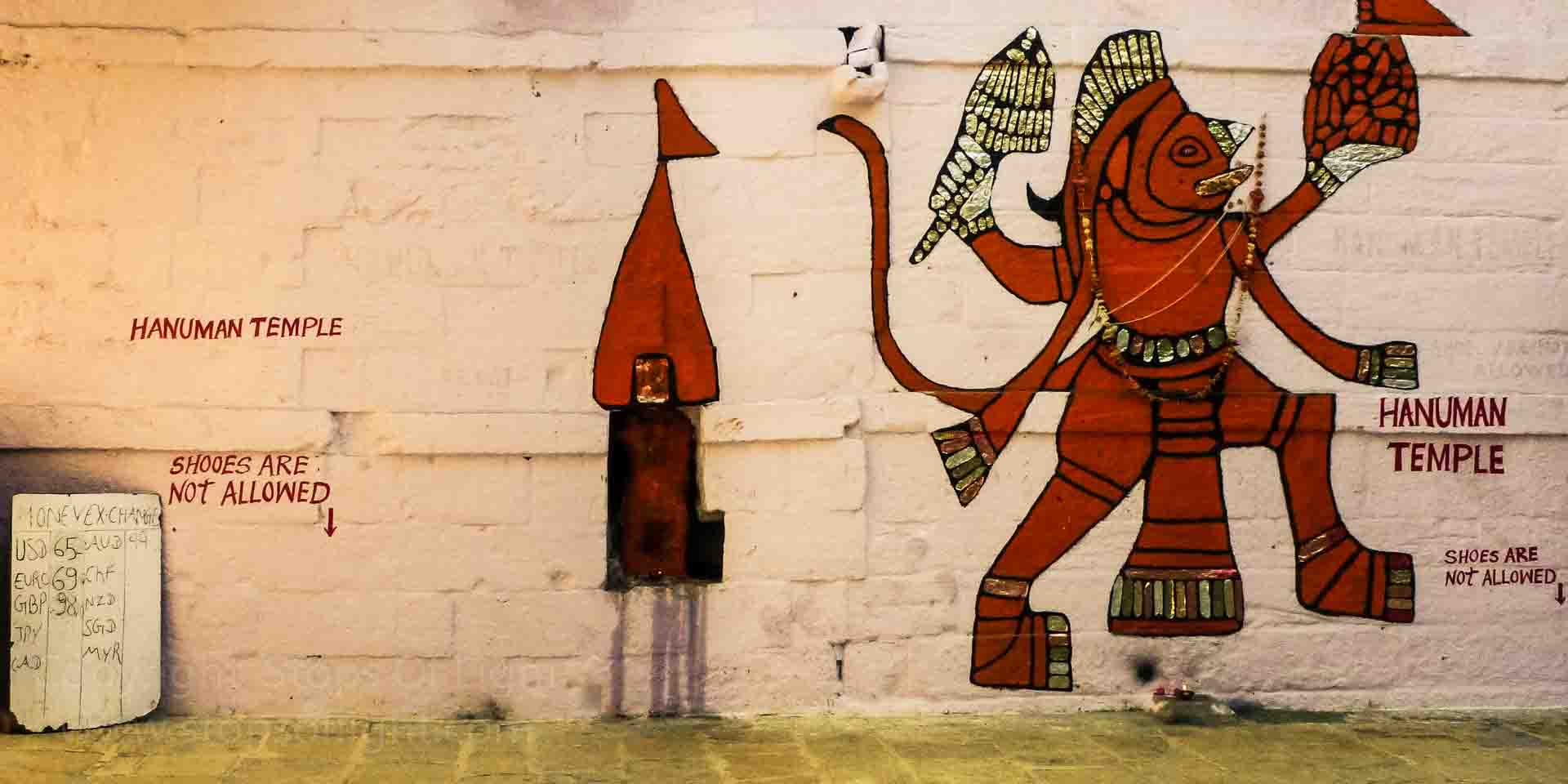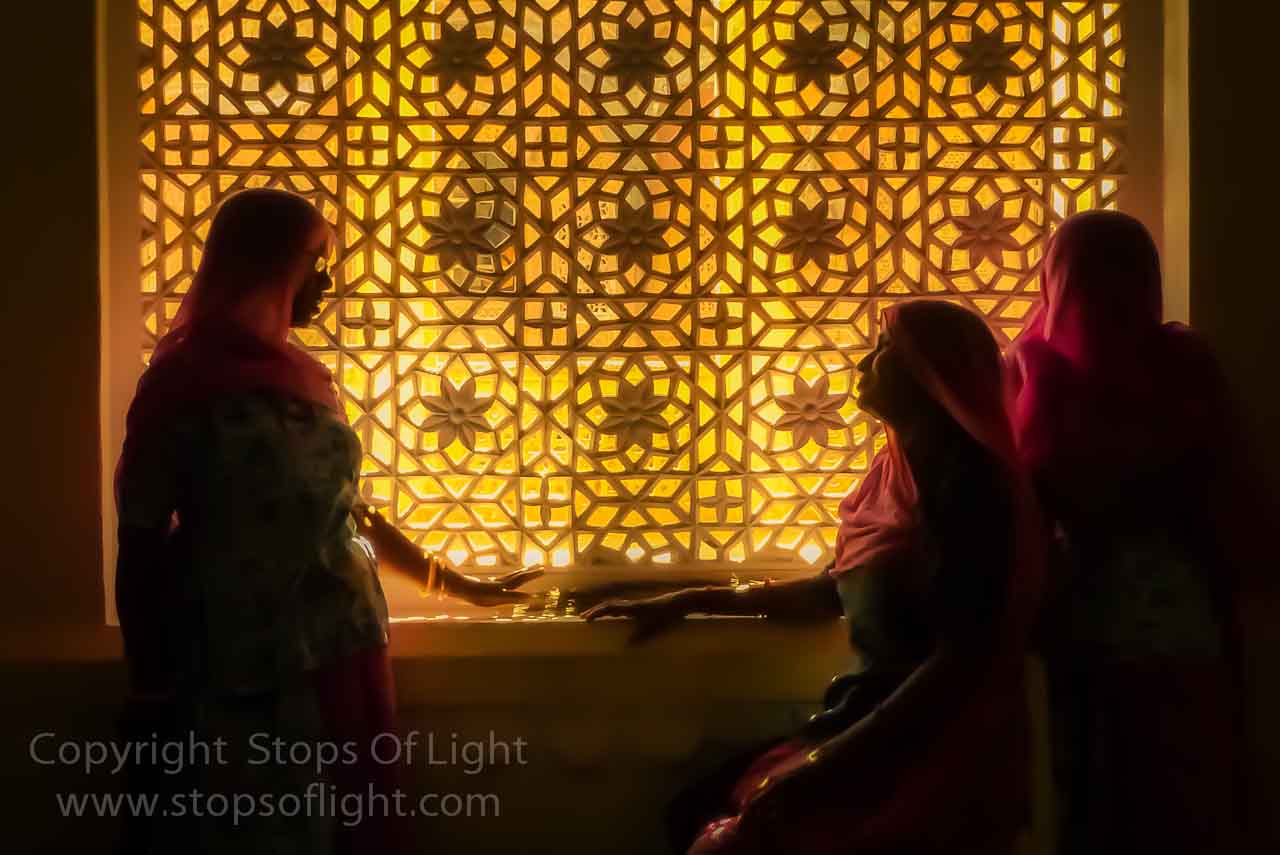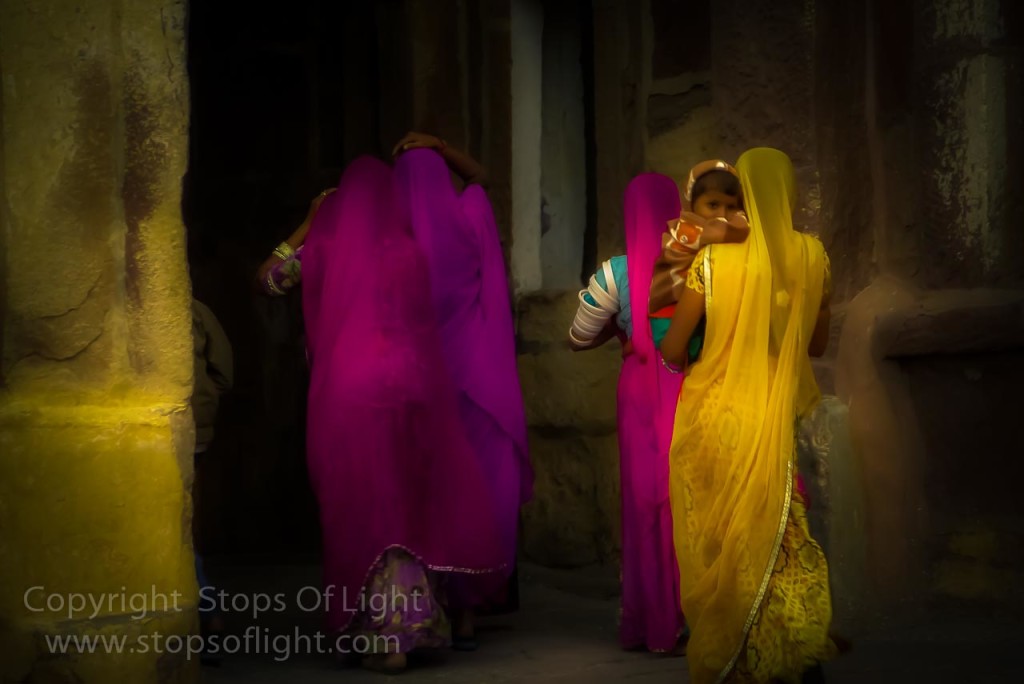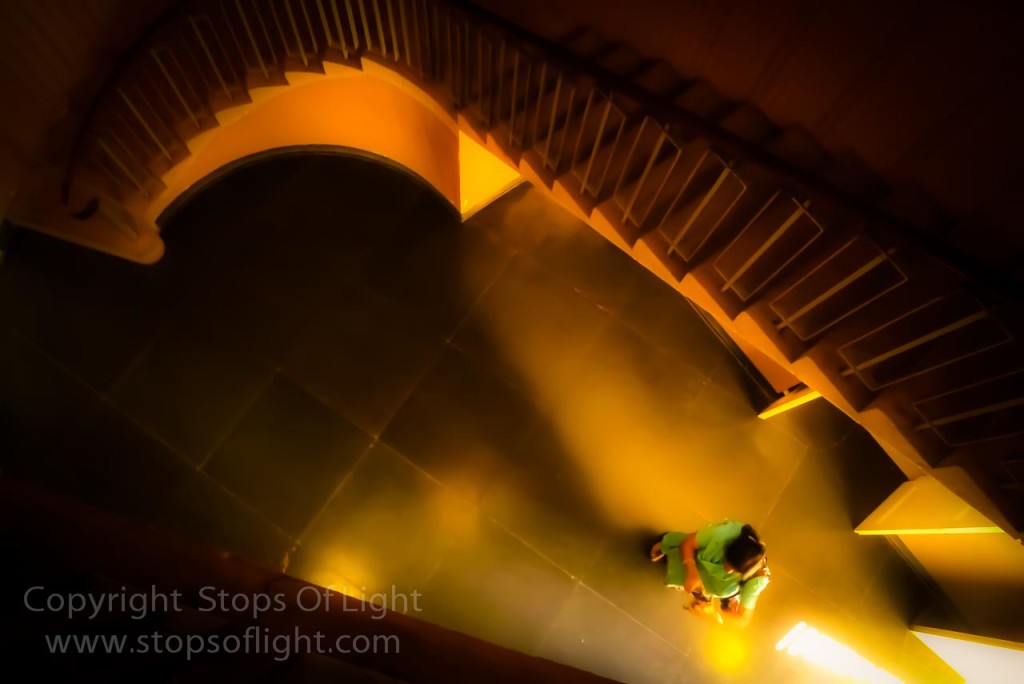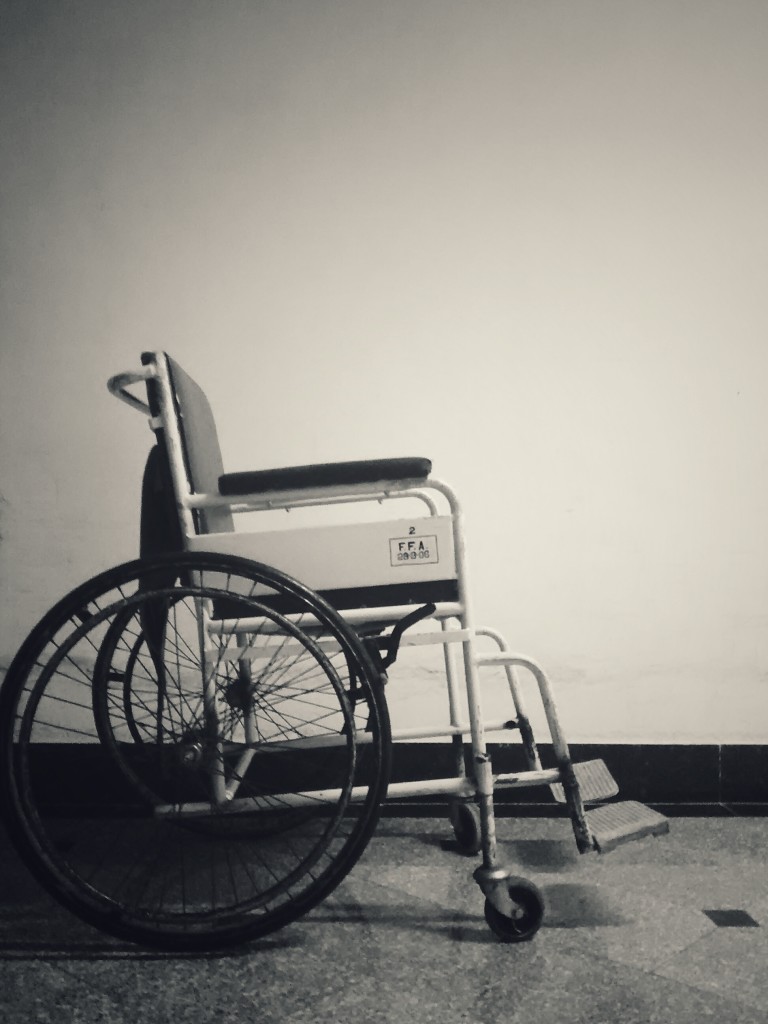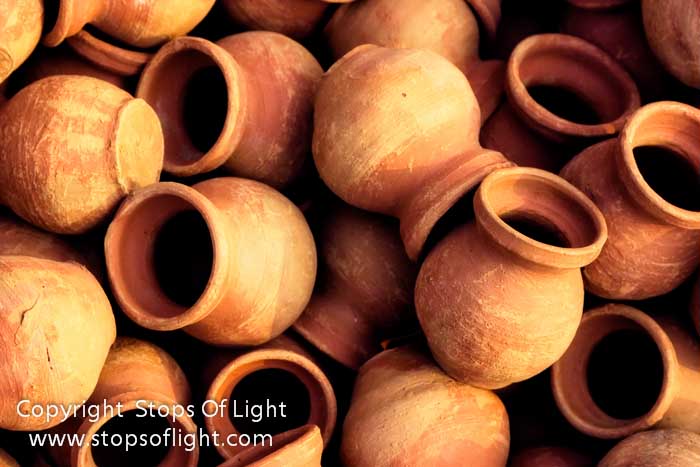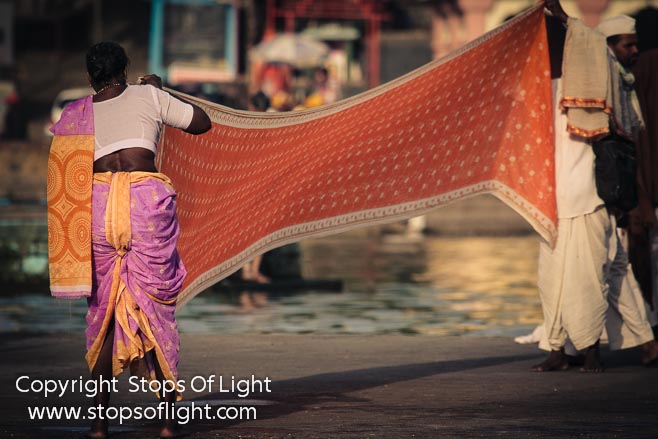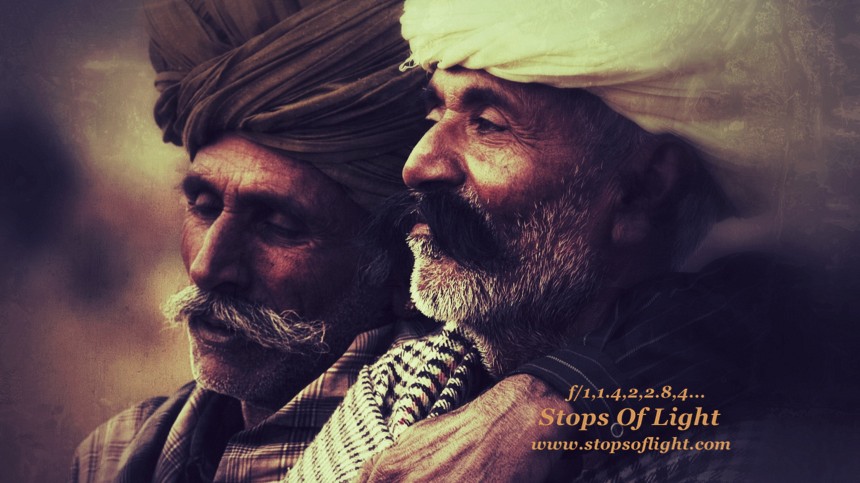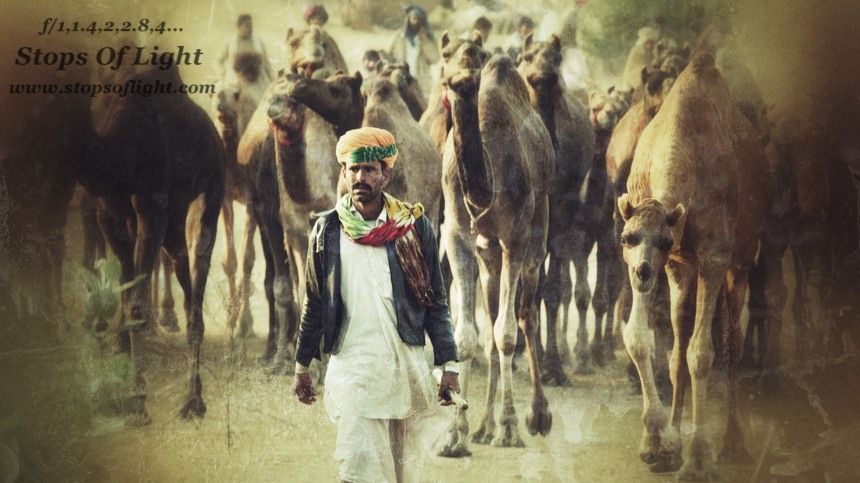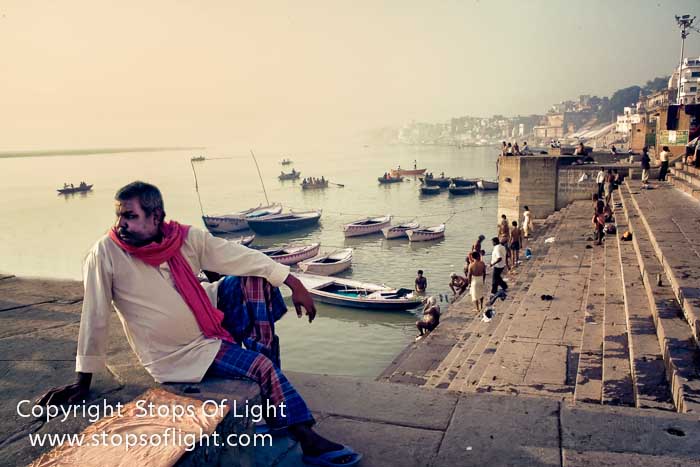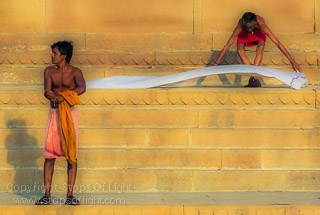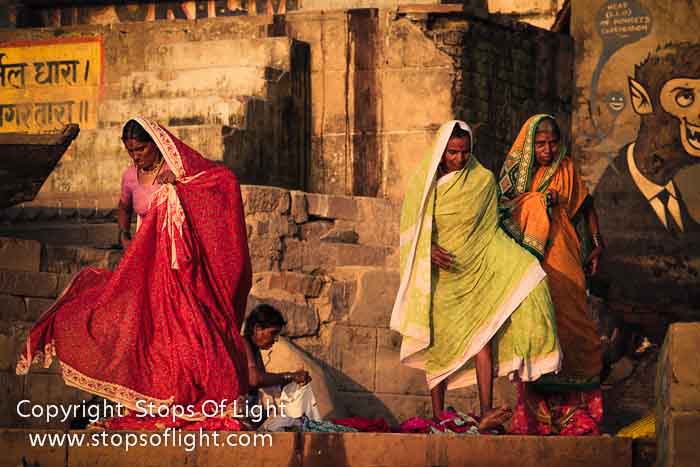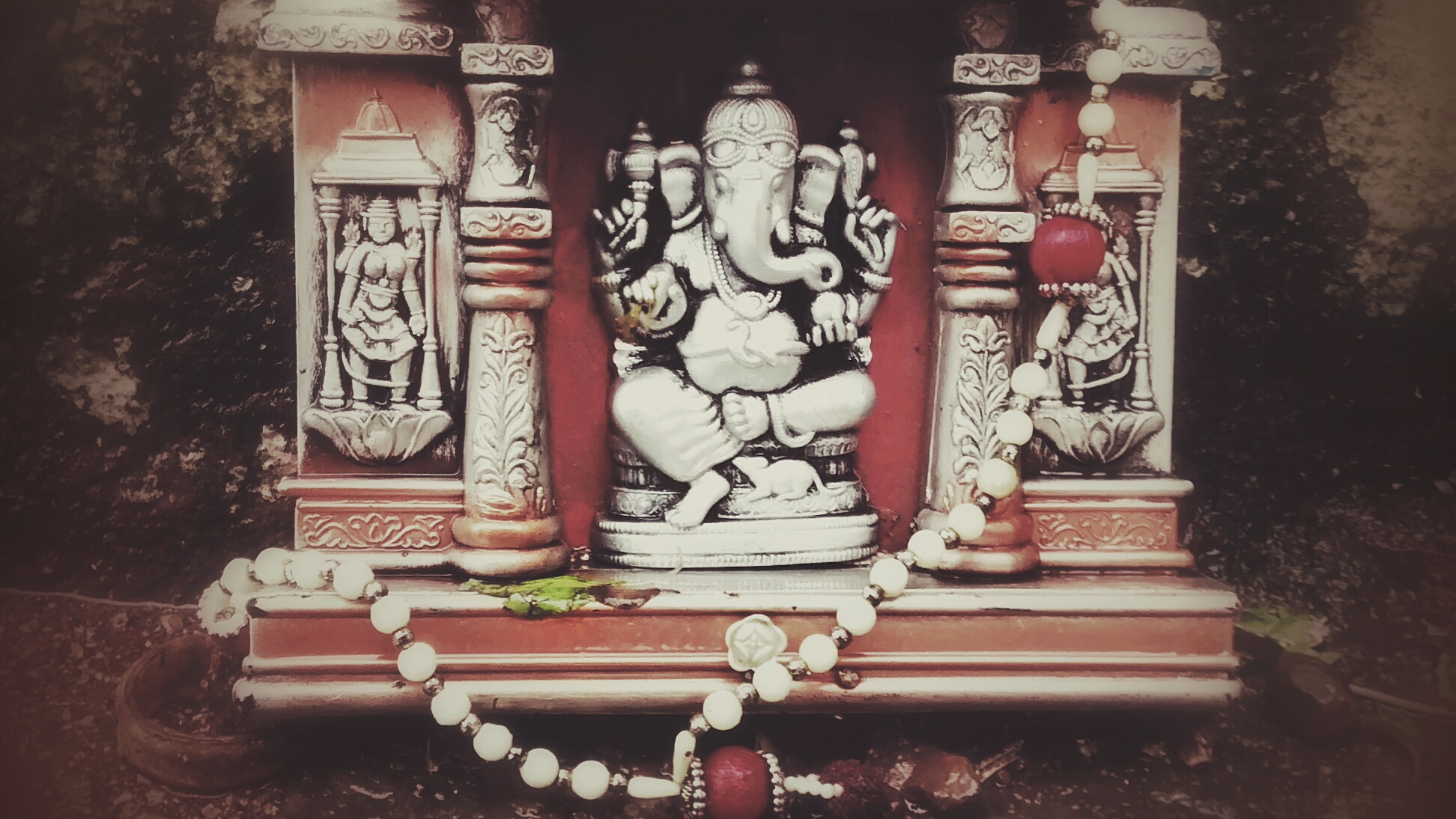the making of
"It Really Wasn't so Red"
(or, "How Do You Really- to quote Ansel Adams -
'Make a Photograph' )"
It Really Wasn't So Red
(Or, "How do you really Make a Photograph?)
Perhaps the most famous of all photography quotes is the one by Ansel Adams, the one that goes “You don’t take a photograph, you make a photograph.” Now, the internet is full of famous photography quotes and sayings, and this famous Ansel Adams quote tops the list. If you ask me, it’s also the least understood of all photography quotes out there.
I should know; been there, parroted words I understood little – if anything – of, and appeared all knowledgeable and wise while doing so. Oh, the follies of youth!
I first came across that quotation by Ansel Adams in the nineties, when the internet just about came into India. I’d signed up for what was then the first photography forum on the net, and that’s where I encountered it, I think. And on reading it I went “Oh yes! What that means is that the camera takes a photograph, but it is the photographer that makes the photograph, and this he/she does by exposing correctly and composing well!” In hindsight, that was my ego speaking (along with tons of inexperience!); given that I was bloody good at nailing my exposures (I used to shoot on transparency films then, and that really needed a certain mastery over exposure) and was fairly good at composing a photograph — or so I thought!
As I said, that quote by Ansel Adams is the least understood of all photography quotes out there. And the most misunderstood! It’s been twenty-five years since then, and I still find that quote being brandished around on forums, mostly by over-eager photographers trying to impress others, and yes, I plead guilty to the charge of being one too at one point of time. Oh, the follies of youth! Woe the imprudence of inexperience!
So How Do You Really 'Make a Photograph'?
So how does one really “make a photograph”? Ansel Adams’ famous quote (the complete one, which I reproduce further down in this post) actually lists four elements that one brings to “the act of making a photograph”. But before I get to them, let me narrate a few “stories”, vital as they are to understanding both how this image was made, as well as understanding how any photograph should be made! And yes, I promise to keep each short; a few lines at best, a few paragraphs at worst.
What’s a story? Nothing but the retelling of an experience; here I go retelling a few of mine.
Story #1: It was Varanasi. And It Really Wasn't So Red
OK, yellow-red actually. Or red-yellow, whatever you wish to call it. But I wanted to make the photograph look that way. And therein lies the tale. Several actually.
First things first – where this image was made. Or rather taken I should say. Making a photograph – in its entirety – is another matter, one which I’ll cover further on in this post. So yeah, regarding where this was taken… Varanasi it was, and that is central to the the making of this photograph as you’ll see. Three days after Christmas of 2016, and there I was on a private photography tour to Varanasi & Rajasthan. And as all good visitors to Varanasi are wont, the evening saw as at the banks of the river Ganges, waiting to witness the spectacle that is the Ganga aarti.
Now if you’ve been to Varanasi and witnessed the Ganga aarti, you’ll know that the ghats – at that time of the day – are illuminated by mixed-lighting, mostly tungsten in nature. This renders images – whether on film or digital – as quite orangeish- yellow. Not a nice yellow really, it’s quite a jaundiced yellow as you can see in these images of the Ganga aarti at Varanasi to be found on Google. It’s precisely to overcome these types of horrible color casts that film manufacturers came up with films suitable for various types of lighting; Tungsten Balanced Film for example, mitigates the orangeish-yellow cast when shooting under tungsten / halogen lighting conditions, rendering colors as more ‘natural’.
Digital cameras, of course, have no film. Their sensors, however, are designed to see along the lines of what film did. Put simply, just as each type of film was ‘balanced’ to a certain lighting condition, so can your camera at any given point of time. This is achieved via the “White Balance” setting on digital cameras.
Now I could have set the White Balance on my camera to Tungsten or Auto, both of which would have “normalized” the colors and gotten rid of color casts. But that would have been quite… conformist. But I didn’t want it that way, I wanted it red. So I underexposed the shot a bit, saturating the colors as a result. In post-processing I added more red, because that’s how I wanted it.
Put simply – and this is only thus far – I brought to the making of this photograph my experience of lighting, film, exposure, and post-processing. But wait, that doesn’t explain why I chose red, and there’s more I brought to the making of this photograph…
Story #2: It Wasn't So Grainy
Look at the photograph in detail and you’ll see it’s quite grainy. Grain is a throwback to the days of film; it is nothing but the appearance of random optical texture of processed photographic film due to the presence of small particles of a metallic silver, or dye clouds, developed from light-sensitive silver halide that have received enough light. It is an optical effect, the magnitude of which (amount of grain) depends on both the film stock (make, age, and batch number) and the definition (magnification/distance) at which it is observed.
Now film grain was a given in the early days of photography; films then were quite grainy, which is to say that grain was quite visible. As film technology developed, the emphasis changed to developing film with finer and finer grain (making grain less noticeable). Another thing worth noting is that the concept of film grain is intrinsically tied to the sensitivity of film; the more sensitive to light (higher ISO) the film was, the more susceptible it was to the increased appearance of grain.
Grain was also a by-product of film being “pushed” – a process of exposing a film at an ISO higher than its rated one (for example shooting ISO 100 film at ISO 400, mostly done in poor lighting conditions to mitigate the effects of camera shake). This would effectively under-expose the film, which would then be compensated for in the chemical darkroom by overdeveloping it (a process known as push-processing). This invariably resulted in the pushed film displaying more grain that it would have if rated – and developed – at its normal specifications
The image sensor in digital cameras isn’t susceptible to grain, lacking as it does the presence of any light-sensitive silver halide. Digital sensors do however manifest digital noise – unwanted (well, mostly!) visual distortions that look looks like tiny colored pixels or specks in a photograph, and sometimes resembles the grain that you may see in film photography. Much like the early films, early digital sensors were exceptionally prone to noise, and just as it was with film, the noise was more manifest at higher ISO ratings. With technology, the focus has been to reduce the amount of noise (just as it was with reducing grain in film); the cameras of today display very little – if any – noise at exceptionally high ISO settings.
When I took this shot, I had bumped up the ISO on my decade plus old camera up quite a bit. As such, there was manifest noise / grain in the image. But it wasn’t so damn grainy! Now I could have easily cleaned up that noise in post-processing (as is the norm), but I actually chose to – and you’ll forgive the pun – go against the grain and actually add more noise / grain to the image. Tons of it actually!
It wasn’t so grainy, but I wanted it to be so! Why on earth would one choose to add more noise / grain to an image, when it’s more “acceptable” to reduce noise?? The reasons for that call for a telling of the next story, and the ones after that.
Story #3: I want my... I want my... I want my NGMs!
As a child of the sixties, I grew up on a learning and entertainment diet that mostly comprised of books, magazines, radio, and the occasional movie. Television in India was a state-run single-channel affair; to say that most of the programs they beamed back then were drab would be putting it kindly. Things be as they may, color televisions happened in India, and the first color program that was beamed was MTV! I’m talking mid-eighties here, FYI.
There was that number in the late eighties, one by the British Rock Band Dire Straits – Money For Nothing. And there’s a line in there that goes “I want my… I want my… I want my MTV!”
I, wanted my NGMs – National Geographic Magazines. Of old. I grew up on them. And the photographs had character. Of place, of people, and of the photographers. The colors weren’t over the top, but they had a characteristic warmth to them (see this, this, and this for examples). Almost red, mostly (it depended on the film used, and that in turn was dictated by location and story). Yes, the warmth had to do with the light in some measure, but mostly it was a characteristic of the films of the time.
And, they were grainy. It gave them a certain rawness of character, a roughness of sorts. No smooth-as-silk-oh-we’re-so-polished stuff, those-there photographs – their grain – were reflective of life itself, shorn of pretense. They were as real as Life can be.
IMHO, they were far better than the images of today.
I wanted my NGMs of old. But those are not the only reasons I decided to add red and grain in the making of this photograph. There’s more to the tale, yet another story.
Story #4: Sucker for Color plus Sucker for Contrast equals a 'Slideshooter'
I love color. And contrast. And the standard print (negative) films I started shooting with in the mid-nineties just didn’t reproduce them as I wanted them to. Which led to me shooting on slide (transparency) film. Which led me to really have to master exposure. And when you really managed to expose a frame just right with transparency film, the results were nothing short of magical.
Oh, the colors! Oh, the contrast! They were to die for! Of course, each film had its own unique characteristics in the way they rendered colors, contrast, and grain, but all said and done, they were magical.
Drawn as I am to warm colors (I want my NGMs, remember?) and low to medium-high contrast, it was a given that I’d gravitate to those transparency films that exhibited these characteristics. Kodachrome, Ektachrome and Ektachrome VS (Very Saturated) were my standard choice, with an occasional dabbling in Fujichrome Velvia (which actually was more suited for green vegetation, had tremendous contrast, very deep blacks, and boasted incredibly fine grain).
Now the thing with transparency film was What You Shot Was What You Got! Unlike negative (print) film where errors in exposure or unwanted color-casts could be compensated for in the printing phase, the only thing that could be ‘compensated’ for in the development phase with transparency films was deliberate (or at times, accidental) pushing or pulling at the time the film was loaded into the camera. If you’d pushed (rated the film at a higher ISO at the time of loading it), the resulting underexposure had to be compensated by over-processing; if you’d pulled (rated the film at a lower ISO), the resulting over-exposure had to compensated for by under-processing. Either way, if you’d pushed or pulled film, this had to be communicated to the development lab in advance; there was no fixing things post that if you were shooting on transparency film.
Put simply, we T-Rex’s from the film age – especially those shooting on transparencies – literally brought to the exposed frame our choices of color, grain, contrast, exposure et al… things that went into ‘making a photograph’. Of course, nowadays we bring Digital Editing tools to the process.
But that’s still not the half of what you really bring to the making of a photograph! There are still more stories, two to be precise!
Story #5: Of Varanasi, Shiva, a Hymn, and Shiva's Dance'
It was Varanasi, remember? And it wasn’t so red, nor so grainy. But then…
Varanasi – according to Hindu legend – is Shiva’s city, and while the evening aarti is primarily devoted to the river Ganga, part of the ceremony involves the worship of Shiva. Shiva – as one of the trinity of the three primary gods (the other two being Bhrama & Vishnu) in the hindu pantheon, is symbolic of both destruction and regeneration. Things come of him, and are destroyed by him in turn, so that the Rhythm Of The Cosmos is maintained ad infinitum.
While – according to hindu belief ( and there are psychological & philosophical reasons that drive those beliefs, btw) – the other gods actively participate in the affairs of humans in varying degrees, Shiva mostly stands aloof. He does not participate, merely choosing to observe. Until circumstances dictate that he intervene. And when he does, he manifests as Rudra (The Howler), Virabhadra, or Mahakali; all leave behind destruction in their wake, all result in transformation.
Transformation – whether physical, mental or spiritual – is anything but a passive process. It is both energetic in itself and calls for tremendous energy. Transformation is violent (think Newton’s First Law Of Motion). Transformation is active, transformation is arousing and moves to action…
Speaking of destruction, transformation, arousing and moving to action — associated with the legend of Shiva is a hymn known as “Shiv Tandava Stotra”. Describe as it does Shiva’s power and beauty, the ninth and tenth quatrains of this hymn conclude with lists of Shiva’s epithets as destroyer, even the destroyer of death itself. Alliteration and onomatopoeia create roiling waves of resounding beauty in this example of Hindu devotional poetry.
While there are many performances of this hymn to be found on the net, the most energetic and awe-inspiring rendition I’ve heard is the one that forms part of the Ganga aarti along a ghat where this photograph was taken; it comes closest to describing the Tandava – The Dance Of Endless Destruction & Regeneration that Shiva (as Natraja – The Lord Of Dance) dances in his role both as The Destroyer & Regenerator. Shiva’s Tandava is not an event; it is an endless, on-going process. It is The Very Rhythm Of The Cosmos itself!
The photograph in this post – call it chance maybe, was taken during the recitation of the Shiv Tandava Stotra.
Transformation, Destruction, Energy, Energetic, Violence, Active, Arousing & Moving to Action... all these are some of the emotions and feelings both triggered by and associated with The Color Red!
The Red Belongs There In That Image, That's Why I Wanted - and Made - It So Red!
Shiva is also described – and portrayed – as a disruptor; one could say he’s the original maverick! While all the other gods (and mankind) have their rules and codes of conduct which they strictly adhere to, Shiva stands out like a sore thumb, seemingly mocking the artificiality of rules, laws, and all societal constructs. While the other gods – and mankind – deck themselves with expensive clothing and jewelry, Shiva just wraps an animal hide around his waist. While the other gods and men seek engagement with society, Shiva prefers the solitude of high mountain peaks and forests. While the other gods and men seek to have a beautiful roof over their heads, Shiva spends the night in charnel houses and crematoriums. While the other gods and men seek and surround themselves with things they like while avoiding things and people they dislike, Shiva is surrounded by society’s rejects.
Shiva goes against the established practice. Shiva does not conform, he goes against the grain! While the other gods and mankind seek smoothness and polish, he is rough and course.
Kind of reminds you of grain / noise in a picture, don’t you think?
Shiva – a worshiper of his would say – is akin to the the very essence of film: silver halide that sometimes manifests as grain in an image. Shiva – one could say – is akin to the very nature of digital sensors: statistical quantum fluctuations that manifest as noise. Grain / noise – like Shiva – may not always be visible, but it’s there!
And that’s why I added more grain to the image. Because – what with the location being Varanasi, Shiva’s omnipresence, courseness, roughness , being the very essense of things manifest etc., the grain belonged there!
Story #6: Back to Ansel Adams' Quote. Or, How do you Really "Make A Photograph"?
Towards the beginning of this post I stated that Ansel Adams’ quote is probably the most misunderstood of all the famous photography quotes out there. The reason, I believe, is two-fold: (a) The quote that is mostly thrown around is a fragment; incomplete, not giving any clue of what Adams was referring to, and (b) as and when the quote was reproduced in its entirety, many people fail to realize the sheer depth of its scope.
So what is the quote in its entirety? What did Ansel Adams have to say about making a photograph? This:
We don't take a photograph, we make a photograph. And we don't make a photograph just with a camera, we bring to the act of photography all the books we have read, the movies we have seen, the music we have heard, the people we have loved."
Sounds very good. Definitely worth brandishing in forums and seeming to appear all wise. But what does it really mean? As I like to put it, it simply means this:
WE BRING TO THE ACT OF PHOTOGRAPHY -TO THE MAKING OF A PHOTOGRAPH (AND EVERYTHING AS A MATTER OF FACT) THE SUM TOTAL OF THE EXPERIENCE OF OUR LIFE!
It’s that simple, it really is. What you need to bring to making a photograph is yourself. Your beliefs, your likes, your dislikes… everything you’ve experienced! Now I could have said this right at the beginning, that this is what Ansel Adams’ quote means. I could have skipped narrating those experiences of mine. But it’s quite possible then that you wouldn’t have understood the scope and depth of just how much of oneself one can – and if needed – should bring to the act of photography and the making of a photograph!
So how much of oneself should one bring to the making of a photograph? That totally depends on you. I personally bring a lot of myself to the process, and consciously at that. How much you choose to is up to you.
If the truth be said, one is subconsciously always bringing a little bit of oneself to the making of a photograph; even if all that one is [seemingly] bringing is the camera and knowledge of things technical, one is bringing a dominant (albeit mistaken / incomplete) belief (i.e. oneself if you think about it) that it’s the camera that makes an image. One is bringing oneself even then, but an extremely little bit I’d say. Really not done, and it won’t get you far.
By the way, do you know what one of my favorite photography quotes is? It’s one by a photographer who’s influenced my photography the most. Quite relevant – extremely so, actually – to this post. it goes:
All you have to do is Live, and Life will give you the pictures"
